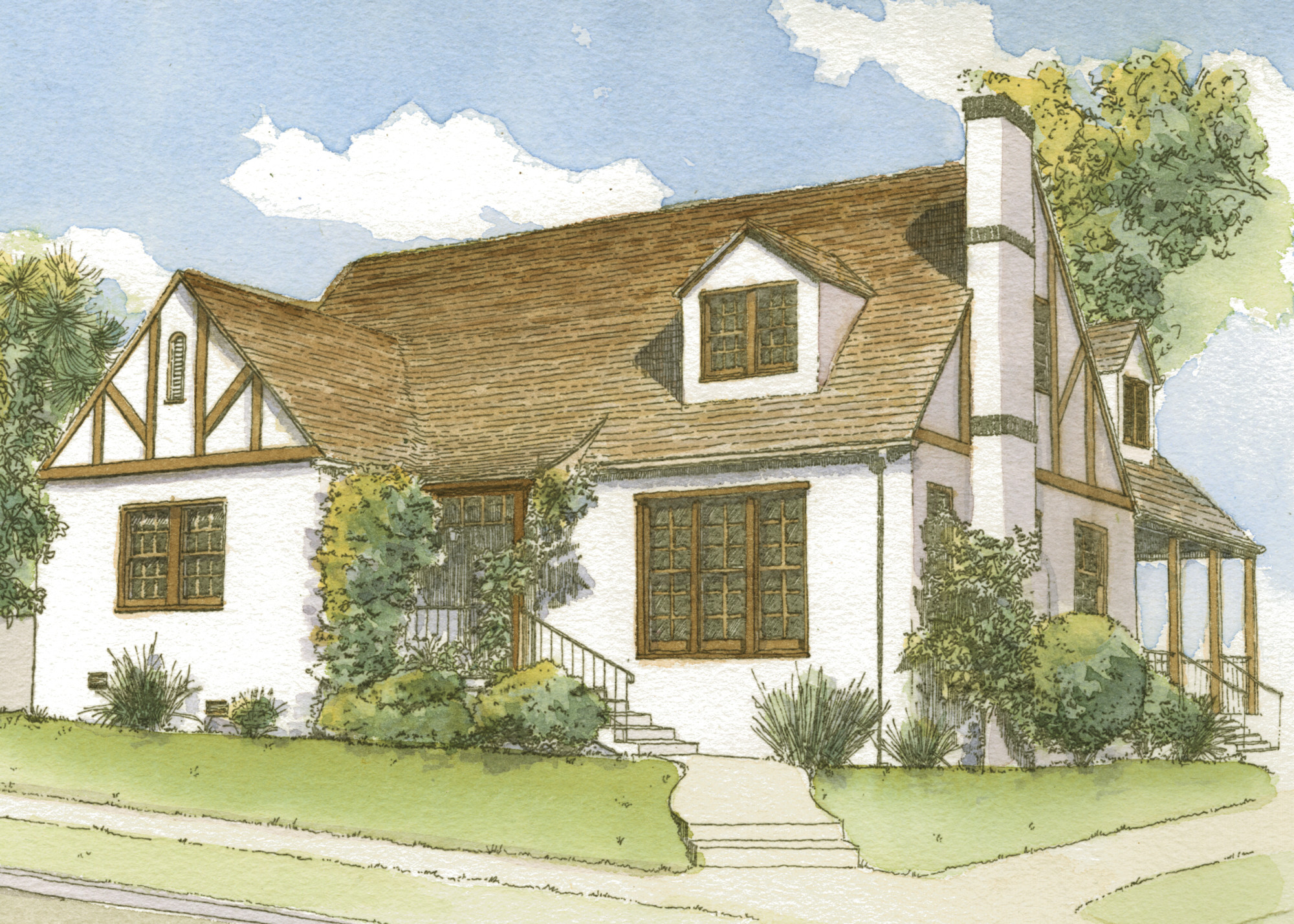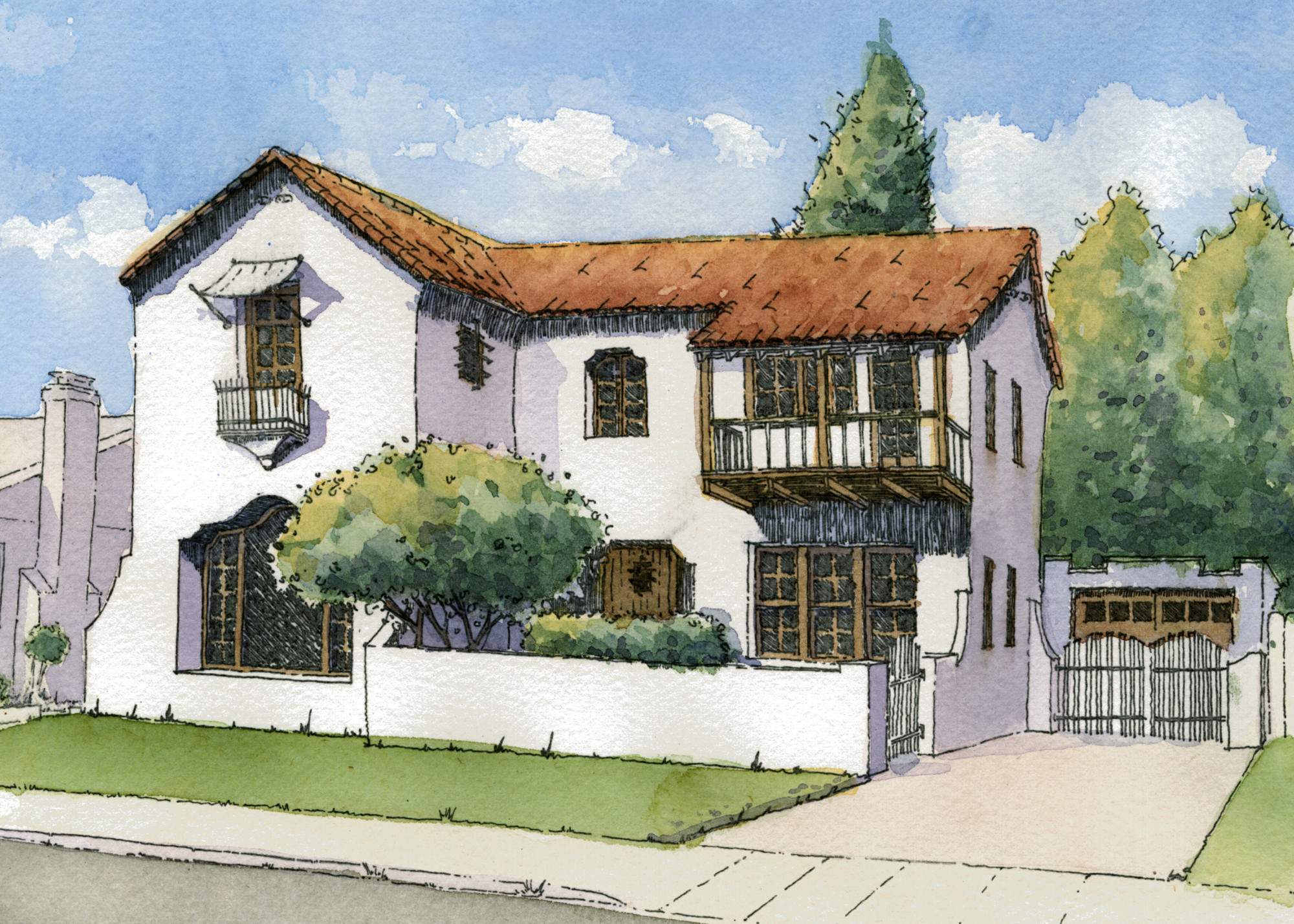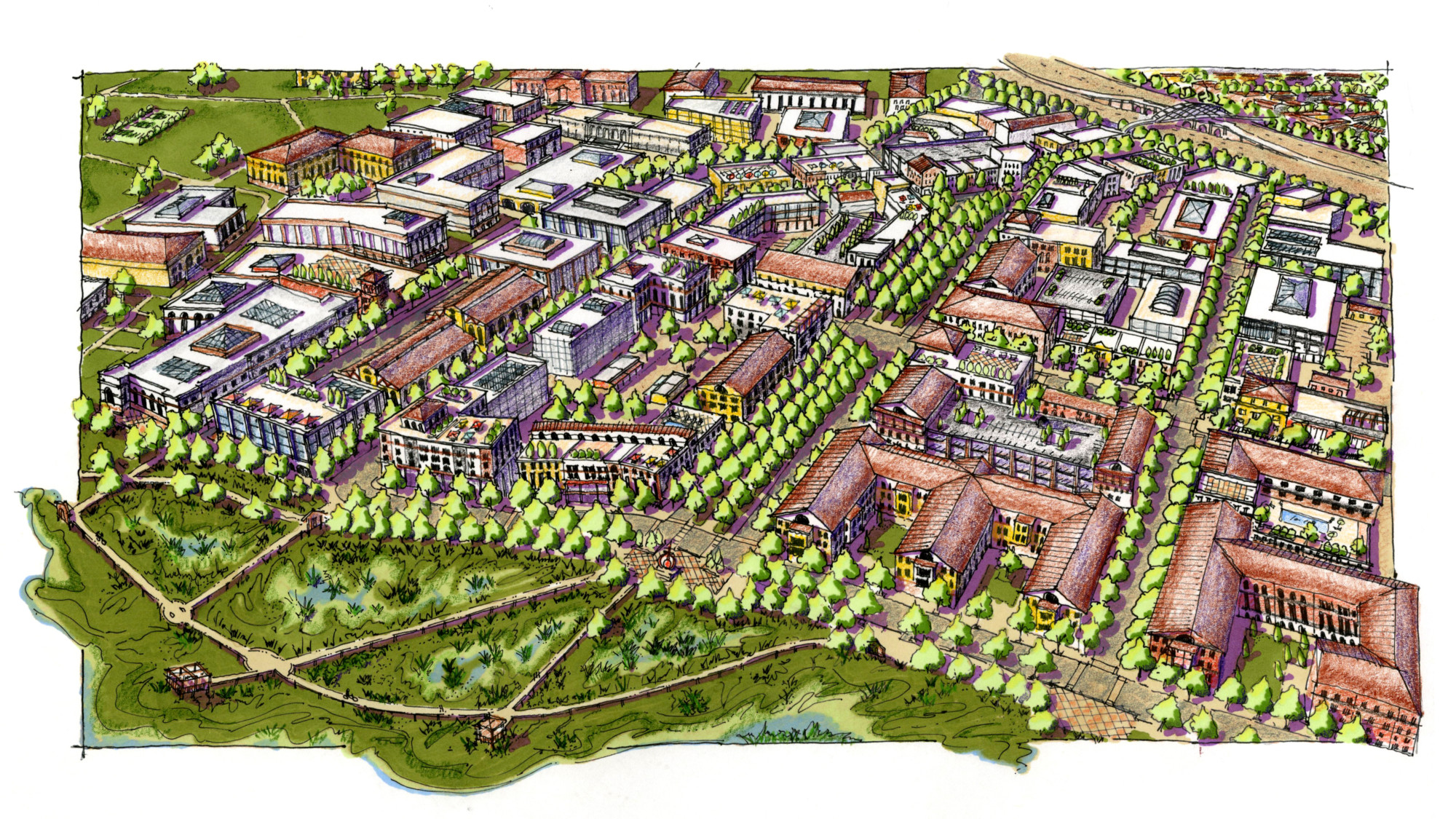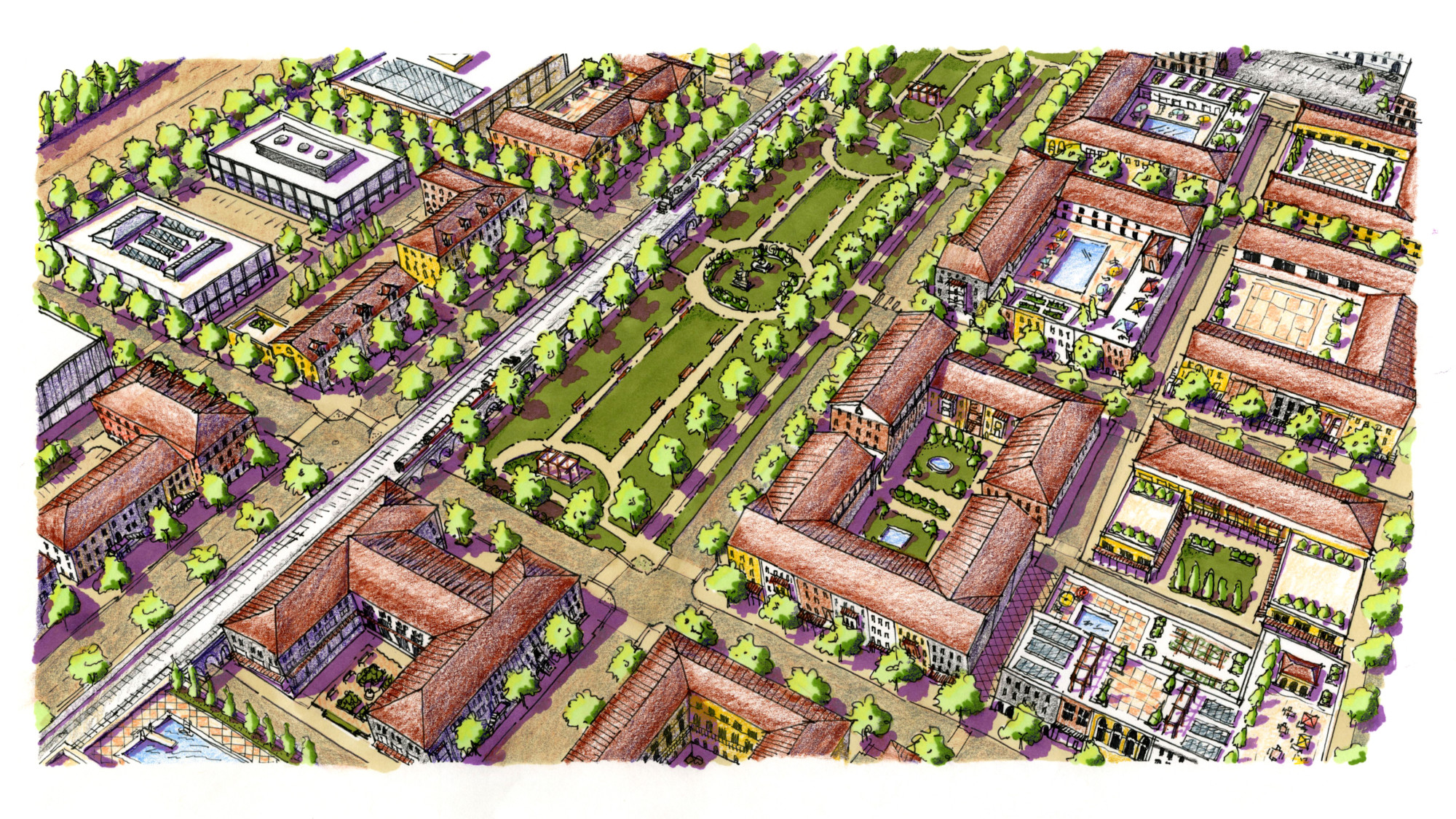-
Award
Northern California APA Award for Best Practice (Richmond Heritage Design Guidelines); 2013 CNU Charter Award – The Neighborhood, District, and Corridor (Richmond Livable Corridors); CNU Charter Award for Richmond Livable Corridors Plan
10+ years of Consulting + Collaborating
Richmond, California
Over ten years ago, the City of Richmond, California came to Opticos for help. An industrial powerhouse during World War II, the city was grappling with the effects of a post-industrial economy and looking for ways to improve life for its citizens. Over the last decade, Opticos has partnered with the city on multiple projects to develop planning tools tailored to the specific needs of its communities and neighborhoods. Our goal has been to help this struggling city overcome its challenges and develop into a more livable, prosperous, and equitable place.
Our Clients, and the Challenges They Faced
Richmond suffered a significant economic decline after its industrial heyday in the middle of the last century. Once-prosperous neighborhoods had become downtrodden and economically depressed, and efforts were underway to help get development get going again. How could the Planning and Building Department inspire and guide new development that would “fit in” with the existing community, both aesthetically and culturally, while catalyzing needed investment?
Phase 1: Acknowledge the past and improve the present
First, Richmond’s planners asked Opticos for help improving infill projects that weren’t blending well with the community. They then asked our team to help support the city’s neighborhood character. Through the result of this effort, the Richmond Heritage Design Guidelines, local residents now have an easy-to-use guide on how to improve their properties in ways that reflect the rich architectural fabric and unique character of Richmond.

“The City of Richmond has needed a document like this for years. It educates property owners about the value inherent in their heritage homes, and then gives them the tools needed to complete a renovation, or addition, in a way that reinforces that character and scale. It is a document that we use often and has been invaluable.”
— Richard Mitchell, Richmond Planning Director



Phase 2: Revitalization and community-building
These projects only addressed part of the problem. In addition to guiding early growth, the City wanted to actively encourage economic development in areas that needed a kick-start. We did this through the Richmond Livable Corridors Project, a revitalization strategy for disinvested areas in central Richmond. Opticos teamed with the City, local residents, and a multidisciplinary group of livability and economic experts to complete the plan. Three multi-day design charrettes with a focus on community advocacy, public health, and “right-sizing” infill development led to the creation of a dynamic vision for the area, as well as a Form-Based Code, to build upon ongoing community investment, guide neighborhood-compatible development and remove barriers to infill.
The charrette process and Form-Based Code have kickstarted a variety of investment and reinvestment projects in Central Richmond, including the implementation of pedestrian and bicycle-friendly street improvements and greenway corridors, and planning and entitlement for the first mixed-use infill buildings in over 50 years.


Phase 3: Opticos completed the Richmond Bay Specific Plan, which features a revitalization strategy for a declining industrial area and seeks to leverage investment around the Richmond Bay Campus, a future satellite for the University of California, Berkeley.
Unique, flexible process creates meaningful results
By remaining open-minded and flexible, Opticos has sought to meet the city and its residents where they are today, while providing longer-term strategies to achieve positive, transformative change. This has meant leveraging design skills to deliver pragmatic, incremental improvement projects, such as retrofitting existing streets; creative, adaptive reuse and infill of small properties; thinking big to the future with a new town square anchored by a market hall; or providing a framework for the redevelopment of an 80-acre brownfield, one of the few remaining vacant parcels on the San Francisco Bay shoreline.
In each project, the team developed tailored, unique processes and products to address the specific needs of the city and project—from negotiation and conflict resolution needed to get the Bay Specific Plan adopted, to the open, multi-day public charrette process that guided Richmond Livable Corridors.
By focusing on the right process for a given need, Opticos has cultivated custom-made and effective solutions for Richmond, helping to build a more prosperous, vibrant place for all.
To this day, Opticos performs ongoing design review and advisory services for the City of Richmond to help implement the vision we created together.
“Opticos is unlike any other consultant I have worked with: They have come up with creative ideas that provide the ‘game changers’ that Richmond needs!”
— Richard Mitchell, Richmond Planning Director